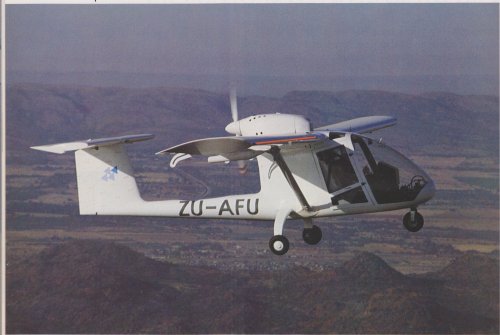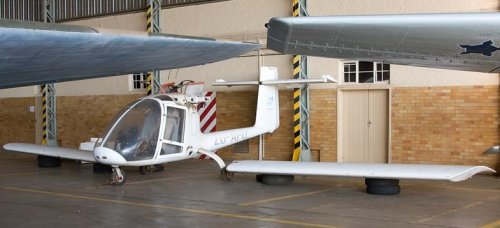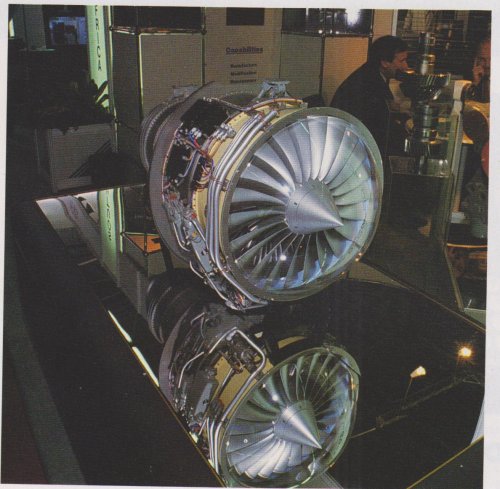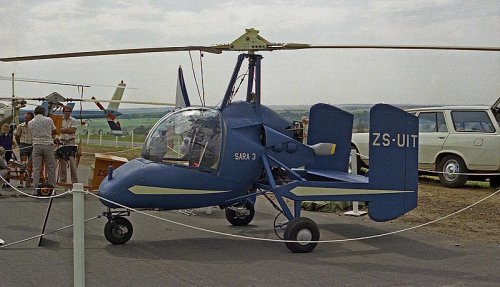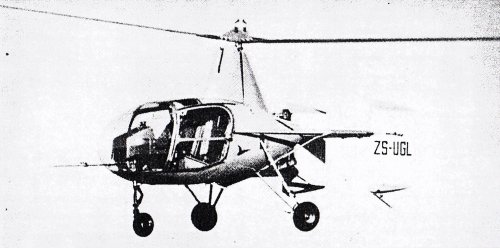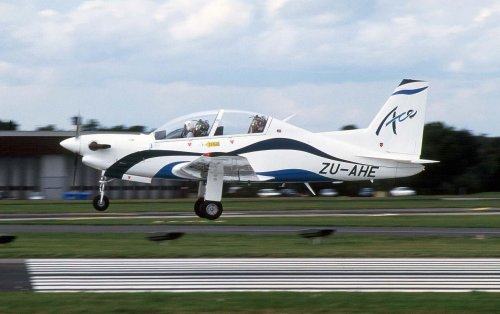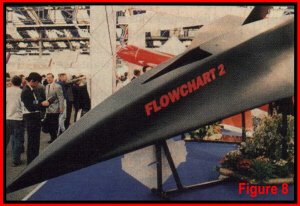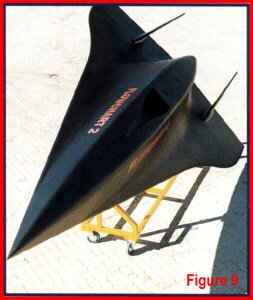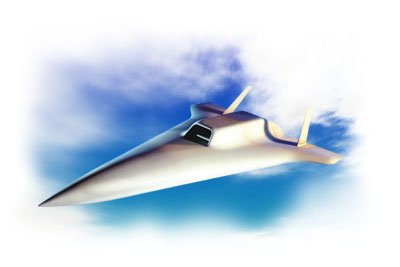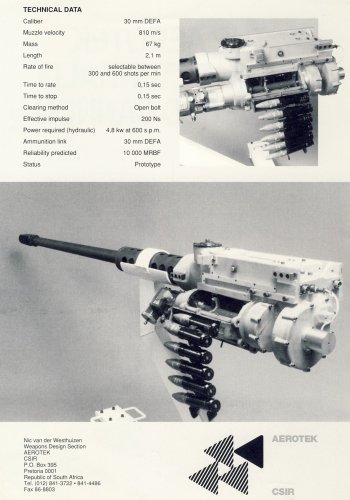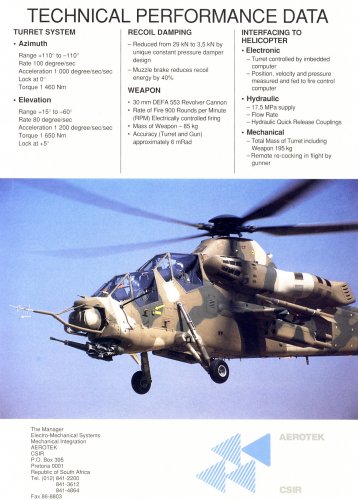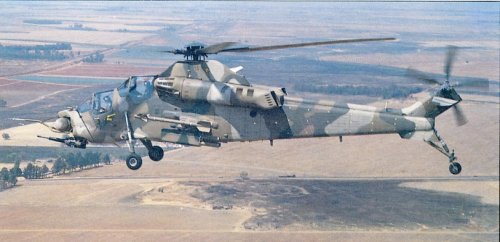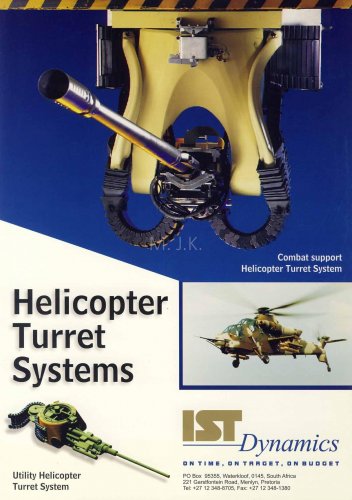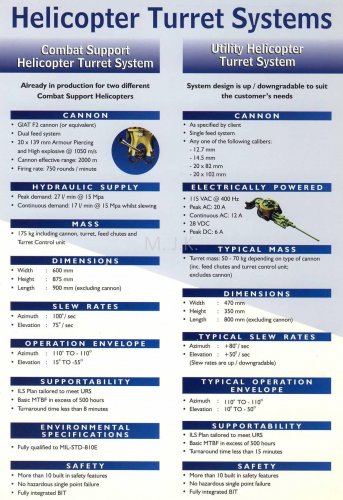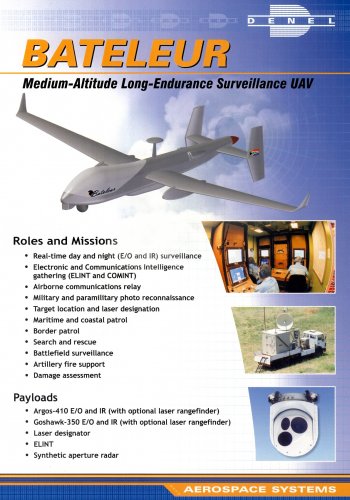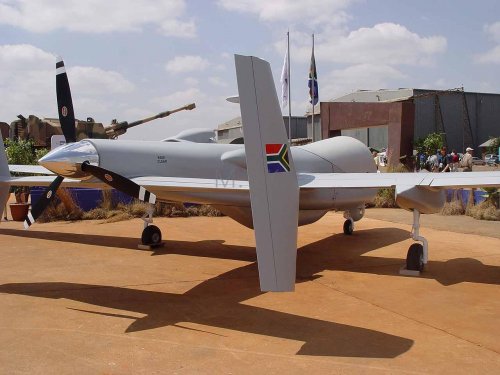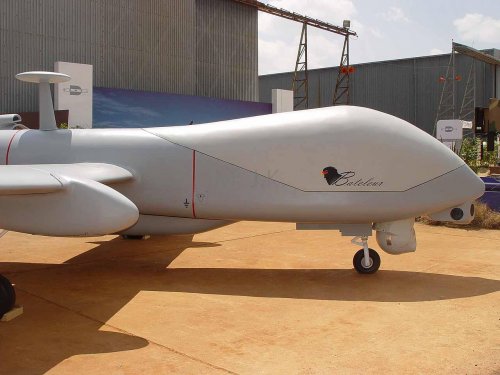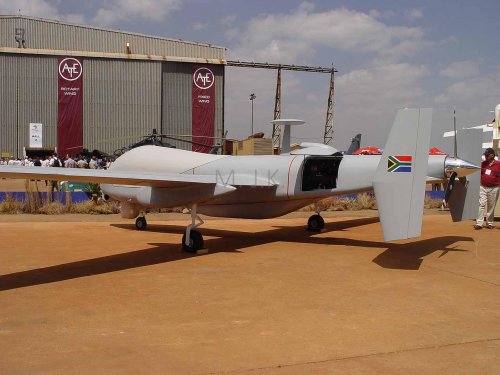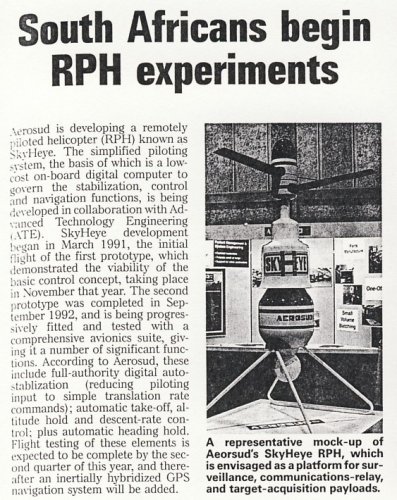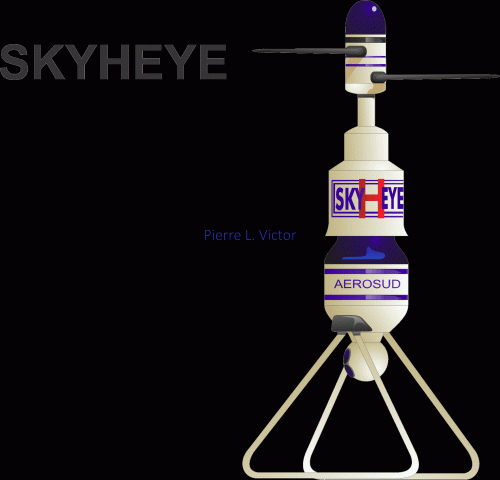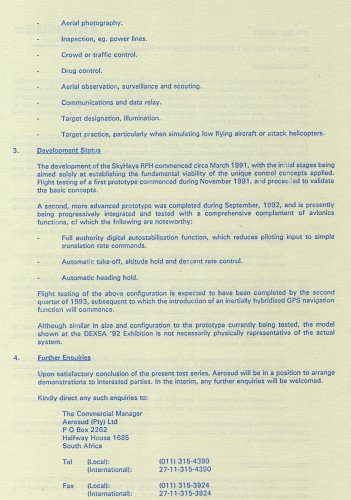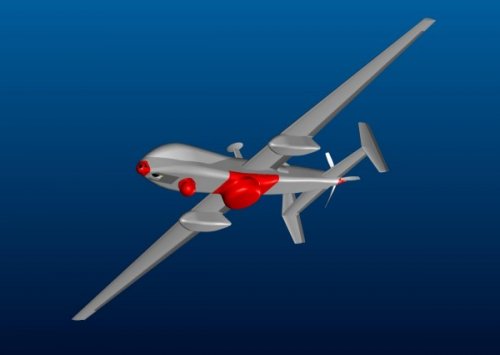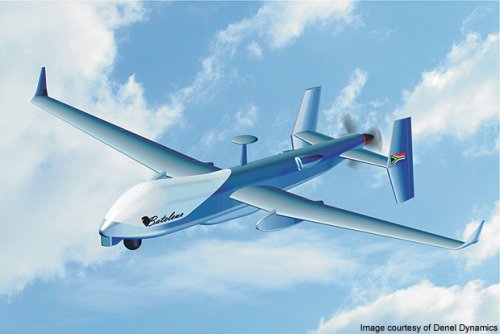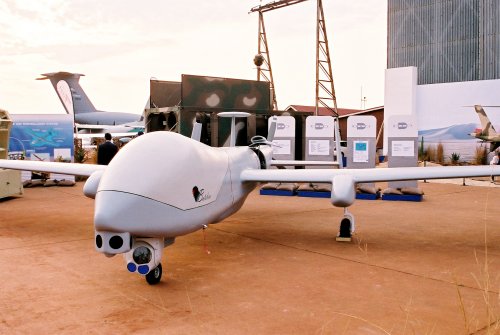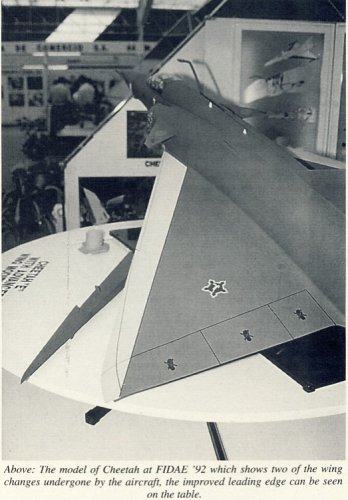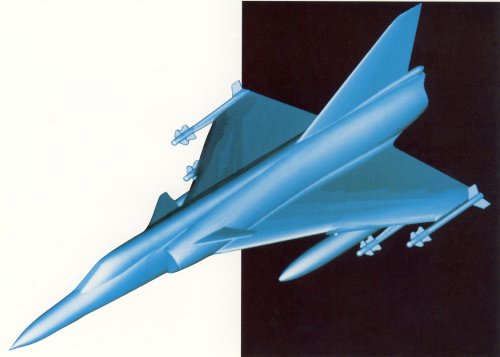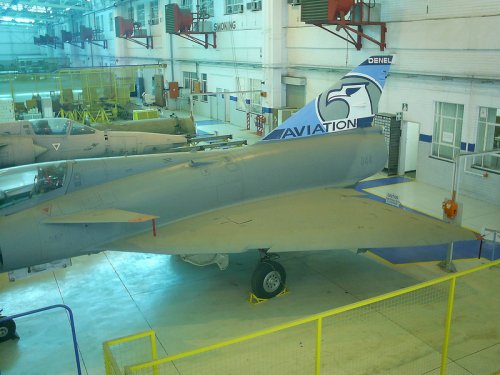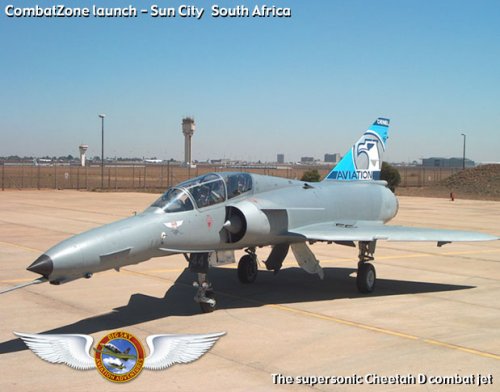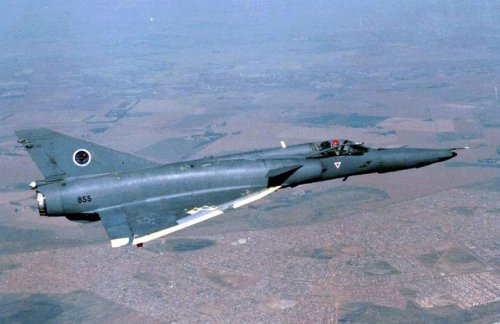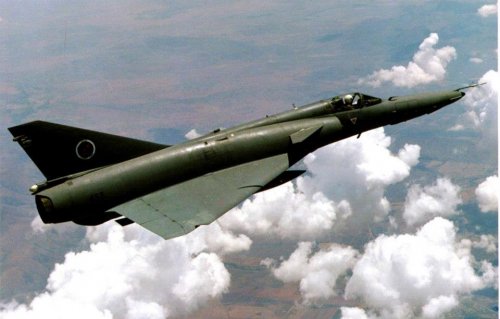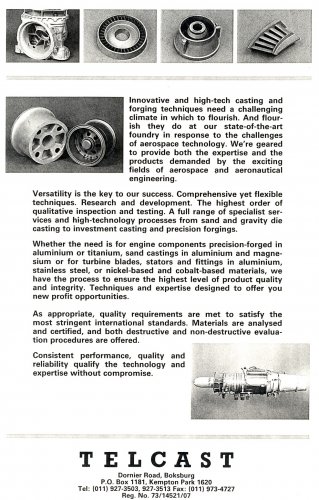- Joined
- 27 March 2006
- Messages
- 1,865
- Reaction score
- 1,594
Aerotek is the aerospace division of the CSIR (Council for Industrial Research) of South Africa.
The Aerotek Hummingbird was designed as an all-composite observation plane, and flew in the early 1990's.
It was a 2 seater designed to take over some of the roles usually performed by helicopters, but do so far more economically. Powered by a Norton 90hp rotary engine, the Hummingbird had a length of 6,5m, a span of 11m, and empty weight of 340kg, and an all-up weight of 620kg.
Design cruise speed was 100kt, but it could loiter at 41kt with 10 degrees of flap for around 4 hours. Stall speed was 30kt.
Both take off and landing was accomplished within 100 meters.
As can be seen in the photo, the plane could be de-rigged quickly for trailering.
No buyers were found, and the aircraft, after languishing in the open at the CSIR for years, is now to be found in the South African Airforce Museum at AFB Swartkop.
The Aerotek Hummingbird was designed as an all-composite observation plane, and flew in the early 1990's.
It was a 2 seater designed to take over some of the roles usually performed by helicopters, but do so far more economically. Powered by a Norton 90hp rotary engine, the Hummingbird had a length of 6,5m, a span of 11m, and empty weight of 340kg, and an all-up weight of 620kg.
Design cruise speed was 100kt, but it could loiter at 41kt with 10 degrees of flap for around 4 hours. Stall speed was 30kt.
Both take off and landing was accomplished within 100 meters.
As can be seen in the photo, the plane could be de-rigged quickly for trailering.
No buyers were found, and the aircraft, after languishing in the open at the CSIR for years, is now to be found in the South African Airforce Museum at AFB Swartkop.

